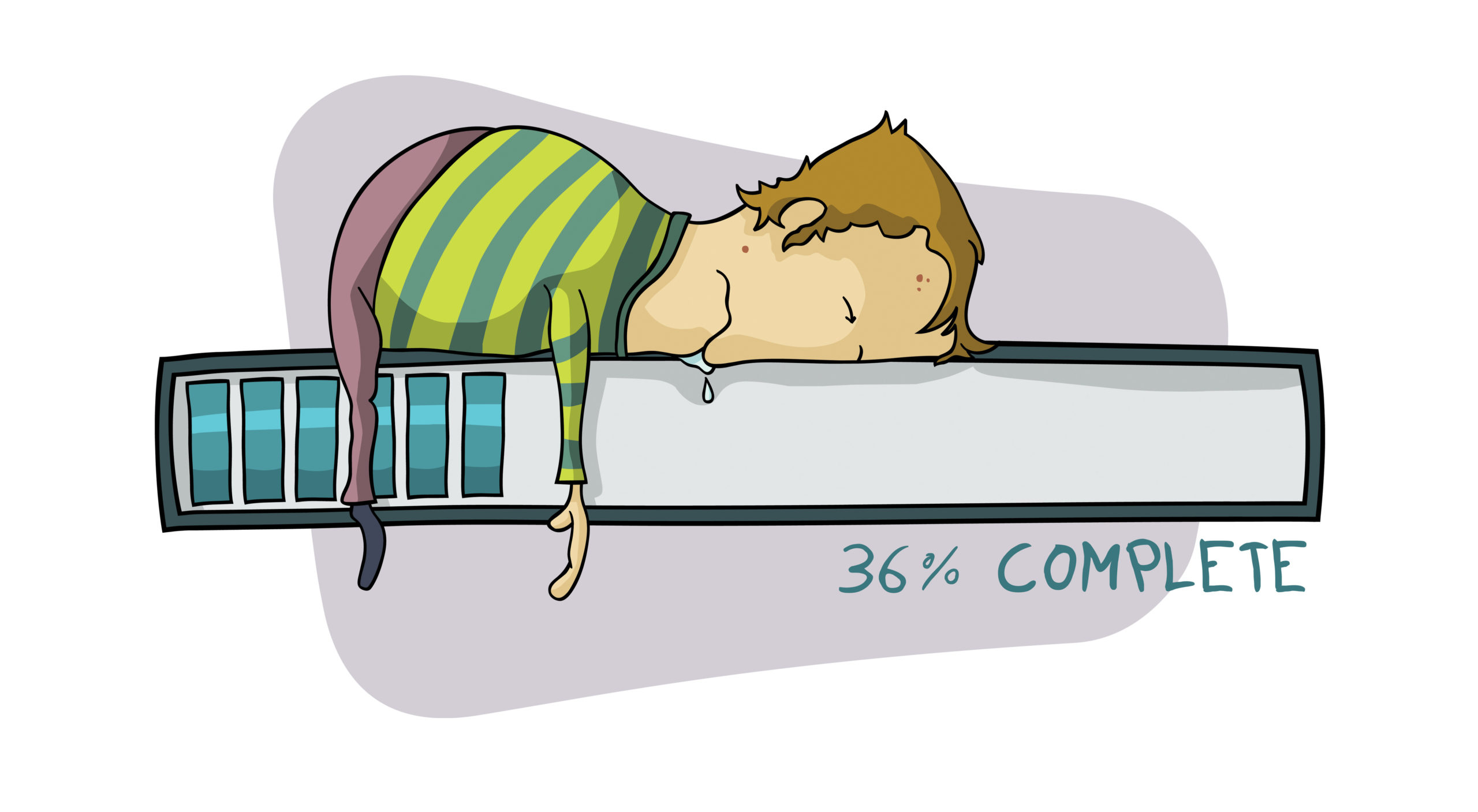
Fact and Fable
Unlike a lot of sequels, Windows XP SP3 is better than the original. Any day now the official release is due to hit the streets. Rumors of 10% performance increases crowd my Googled results. My mind travels to increased scores for benchmarks. Microsoft’s favored son is rising to the position of SUPER HERO. “WINDOWS XP CONQUERS….” Oh, sorry, I’ll get back to earth now.
It may be interesting to note that the release of XP SP3 has been predicted every January since 2006. I see many people predicting it will be released the first quarter of 2008. Most recently Paul Thurrott quotes Microsoft as saying they will be shipping XP SP3 during the second quarter of 2008.
Registered beta testers enjoyed its concealed inclusion on the Windows Update site more than a month ago, and now with the widely available
Release Candidate, it looks like these labor pains are leading to the real thing.
Let’s quickly take a step back to see how this seven-year epic has played out. XP was first released on October 25th of 2001, as a successor to Windows Me and built on the same kernel as its business predecessor Windows 2000. It boasted an improved graphical user interface, better software management, and the first Windows use of “product activation”.
Service pack 1 for XP was released just short of a year later on September 9th, 2002. That seems a reasonable time for the inclusion of NET Framework, support for USB 2.0 and the expected fixes and security patches. SP1a soon followed to remove the Java virtual machine. The removal was because of a lawsuit with Sun Microsystems.
SP 2 saw the addition of the Windows Security Center, which controlled the use of a new firewall, pop-up blockers, and Windows Automatic Update. Blue tooth and WiFi support were also included as new additions to the operating system. Production of this service pack took major resources and time from Microsoft and required a good amount of time for the users to install. As the years stacked up after this major update, so did the more than 100 added patches and fixes.
Because it’s been such a long time between service packs, you would expect something major in content, if not at least large in size. The 10% performance increase we’re hearing about has everyone jumping to find this download and give it a try.
At 336MB, you can expect the installation to take between 15 and 30 minutes. Of course this depends completely on the speed of your Internet connection, but not bad when compared to the succession of painful reboots required updating prior to this. It’s a cumulative service pack so you can install on top of your existing installation regardless of your current update situation. It is good for all versions of Windows including XP Media Center. Here’s
the list straight from the horse’s mouth. You’ll find this in Microsoft’s “Overview of Windows XP Service Pack 3”. I’m not including any of the previously released information, only the new items that have previously been unavailable.
New and Enhanced Functionality
Networking
“Black Hole” Router Detection: Now, this detection is on by default and is for detecting routers that are silently discarding packets. This feature is also available in Vista
NAP Network Access Protection: Policy enforcement that protects networks. It is now included Windows Vista, Windows Server 2008, and Windows XP SP3. Available in RTM (release to manufacturers) version of Vista
Security
Descriptive Security Options User Interface: More descriptive text, hopefully this will provide better explanations of options.
Enhanced Security for Admin. And Service policy entries: All new policy is present by default and after authentication cannot be removed.
Microsoft Kernel Mode Cryptographic Module: A new Kernel module that fixes a known problem with Microsoft’s cryptographic application.
Windows Product Activation: Users can now complete the operating system installation without providing a product key. The keyless install option will allow installs of XP SP3 to proceed without using a product key for 30 days. This option is also available for Vista SP1 will not update your Internet Explorer 6 to Internet Explorer 7. But it will update either your IE 6 or your IE7. From what I’ve been able to tell so far, the same is true of Windows Media Player. The update does not install the current Media Player 11 as a part of the fixes or additions.
Bottom Line
So
where’s the bang? I’ve installed SP3, now how do I verify that 10% boost I’ve been reading about? Well, the fact of the matter is, the reports are due to information from an anonymous blogger, or Craig Barth of Devil Mountain Inc., depending on whose quote you’re reading. Devil Mountain Inc. ran benchmarks using their OfficeBench suite and a laptop equipped with Office 2007. Their earlier comparison of Windows Vista SP 1 and Windows XP SP3 received some credible
criticism because they benched using Office 2007 on Vista and Office 2003 on XP. Microsoft of course, doubts whether the bench tests any real world differences, and to be honest that’s a valid point. Their later tests comparing XP SP2 to XP SP3 are using the same Office Bench Suite. From my tests, I’m seeing no measured difference in performance using my favorite over clocking benchmarks. Those included PC Pitstop Full Test, SuperPi, and two of the FutureMark benches.
This isn’t a bad thing mind you. Microsoft never touted SP3 as a big performance booster. It’s only been the Devil Mountain blog and man’s never-ending hopes of improved performance, which sprouted this 10% urban legend into existence. Windows SP3 installs easily and improves the operating system. I’ve found no glitches so far with a weeks use and that’s the biggest bang we’re going to get. Not bad really.
Bottom line? Get it, use it!




